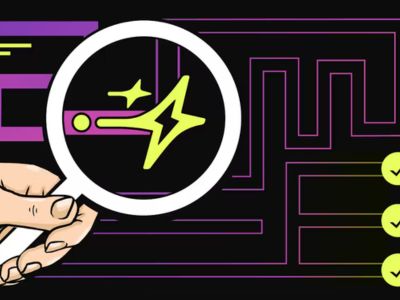How to Prospect for Gold in The Wild West of Customer Data
October 19, 2017“Why go to California? In that ridge lies more gold than man ever dreamt of. There’s millions in it.” At least that’s what Dr. M. F. Stephenson said in a futile attempt to convince the miners to remain in Georgia rather than to flock to California to chase adventure and what might be an impossible dream. And we’re here to tell you there’s gold in your own backyard, within your current customer information.
Dr. Peter Fader, author of Customer Centricity, defines customer-centric marketing as looking at a customer’s lifetime value and focusing your marketing efforts on the high-value customer segment in order to drive profits. Customer-centric marketing requires placing the customer at the center of your marketing strategy in order to create and extract customer value. It is the essence of enabling marketing to serve as a value creator.
Being able to achieve this capability takes true prospecting tools that can uncover customer gold. With so much data available today and more being created every minute, being able to tell real gold from fool’s gold takes more than a discerning eye. We can take a page out of the gold prospector’s handbook in order to do this well. Successful prospectors test several streams or veins, make notes about the various types of minerals they catch in their sifters, and then evaluate which locations produce the best results. If nothing turns up or if the pieces are too small then they change locations or practices. If they find a good amount they hope it indicates the presence of a “motherlode.”
The practice of prospecting for gold applies to marketing as well. Imagine the power of being able to separate your worst customers from the gold nugget customers! This entails evaluating and understanding the value of both new and existing customers in terms of what it takes to attract, acquire, keep and grow their value. And in time, you would be able to determine which “vein” has the potential to yield the most gold. As a result, you can be more efficient in your prospecting process and more effective in hitting the “motherlode.”
Defining the Solid Gold Customer
Before you begin mining your data, you first you need to know what a solid gold customer looks like. This means you need to know who your ideal customer is. This process takes answering questions such as: What businesses are they in? What problem do they need to solve? What process do they take to identify solutions? What channels do they use?
If you don’t know the answers to these questions, you may need to do some research. You want to be able to create an accurate picture of your solid gold customer, their spending habits, what they care about, and what they need from you.
How to Pan for The Solid Gold Customer
Once you can characterize your ideal customer it’s time to start mining data so you can answer questions such as:
- Are there enough of these customer to pursue?
- Where are they and how do they find us?
- What are their roles, profiles, personas?
- When, how and why did they purchase from us?
- What touchpoints and content do they use?
Always Prospect with A Treasure Map
So you think you’ve found the motherlode! Now you need a plan to uncover your treasure map. . This means you will need to craft a plan that will help you
- Demonstrate you understand and solve their problem.
- Produce a coherent, tailored, relevant, and compelling content across all channels and touchpoints they use.
- Sync the content, channels, and touch points with their buying process.
- Ensure all customer facing parts of your company are on the same page.
Turning your raw data of information into actionable customer insights and mapping the customer buying journey takes both process and analytics. But it’s the only way to prospect for gold. Learn more about transforming data into insights and treasure mapping the buying journey. The gold rush is back and knowing where to starting panning will make all the difference.


